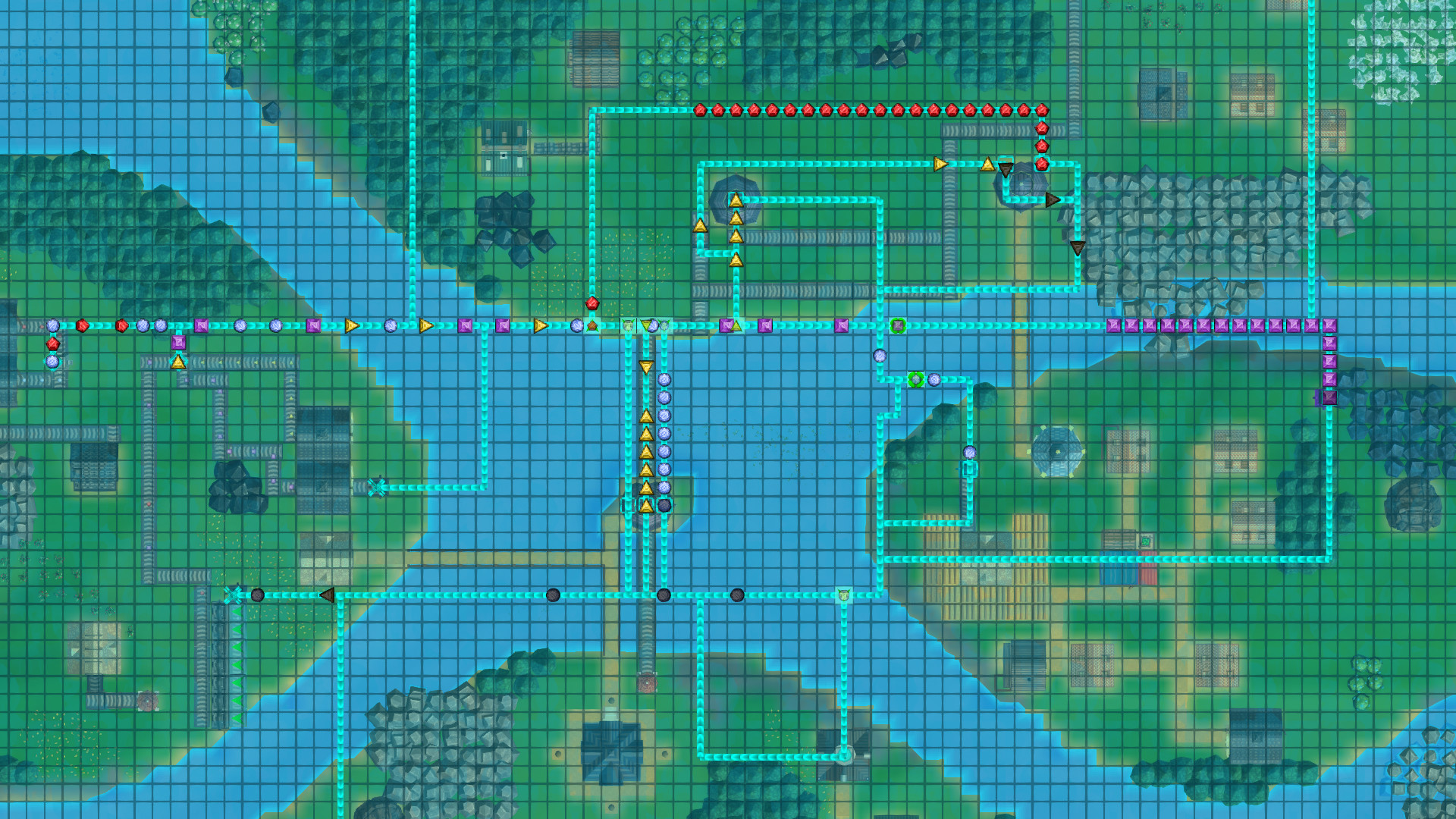
Its recent moves to diversify (and fragment) its labor force are a response to several interconnected pressures: rising costs, outside scrutiny, hiring and retention in an increasingly tight Chinese labor market, worker militancy, and surging demand from such customers as Apple and Samsung. With some 1.4 million workers in China alone, the company is the world’s second-largest private employer after Wal-Mart. Foxconn stands as the archetypal industrial firm for today’s planet of slums. Delivering flexibility and scale at rock-bottom prices, Foxconn keeps pounding out the very real underpinnings of the New Economy, remaking global manufacturing in its own image, as did Ford or Toyota in very different times and places.

It stands as the archetypal industrial firm for today’s planet of slums.Īt the same time, the drive to automate is intensifying, with Foxconn CEO Terry Gou promising to have a million robots (dubbed “Foxbots”) working the assembly lines within the next few years. The geography of expansion also reflects a global leveling: wages in America’s “right-to-work” states, the European periphery, and the BRIC (Brazil, Russia, India, and China) countries are increasingly entering a similar range.ĭelivering flexibility and scale at rock-bottom prices, Foxconn pounds out the very real underpinnings of the New Economy, remaking global manufacturing in its own image. Energy costs, access to markets, public relations, and wage stagnation in middle-income labor markets are all part of the equation. In a dramatic inversion, the company announced late last year that it would soon start manufacturing in the United States itself. Major expansion is also underway in Brazil, India, Mexico, Malaysia, and central Europe, notwithstanding the strong presence of unions in some of those locations. The Taiwan-based firm is rapidly expanding from China’s industrialized coast into its vast interior, establishing new production facilities in impoverished provinces such as Henan, Hubei, and Sichuan, far from the labor metropolis of Shenzhen, a dangerous Detroit in the making. Media attention and pressure from Apple, one of its main customers, backed up by a program of regular factory audits, seem to be driving incremental improvements in working conditions.īut the real Foxconn story is unfolding elsewhere. It has raised wages significantly, but only in the face of runaway inflation, steep hikes in the minimum wage, and mounting worker unrest. In addition to the wide mesh nets, stretched low over the streets of Foxconn’s company towns, the corporation has twenty-four-hour “care centers,” “no suicide agreements,” and a psychological test to screen out potentially suicidal workers, charged to the job applicant.


#FACTORY TOWN CHINA WINDOWS#
Foxconn, the giant electronics manufacturing subcontractor, installed them in 2010, a year when fourteen workers died after jumping from the ledges and windows of crowded dormitories. Ross Perlin ▪ Spring 2013Įlectronics factory in Shenzhen. Delivering flexibility and scale at rock-bottom prices, Foxconn keeps pounding out the very real underpinnings of the New Economy, remaking global manufacturing in its own image.


 0 kommentar(er)
0 kommentar(er)
